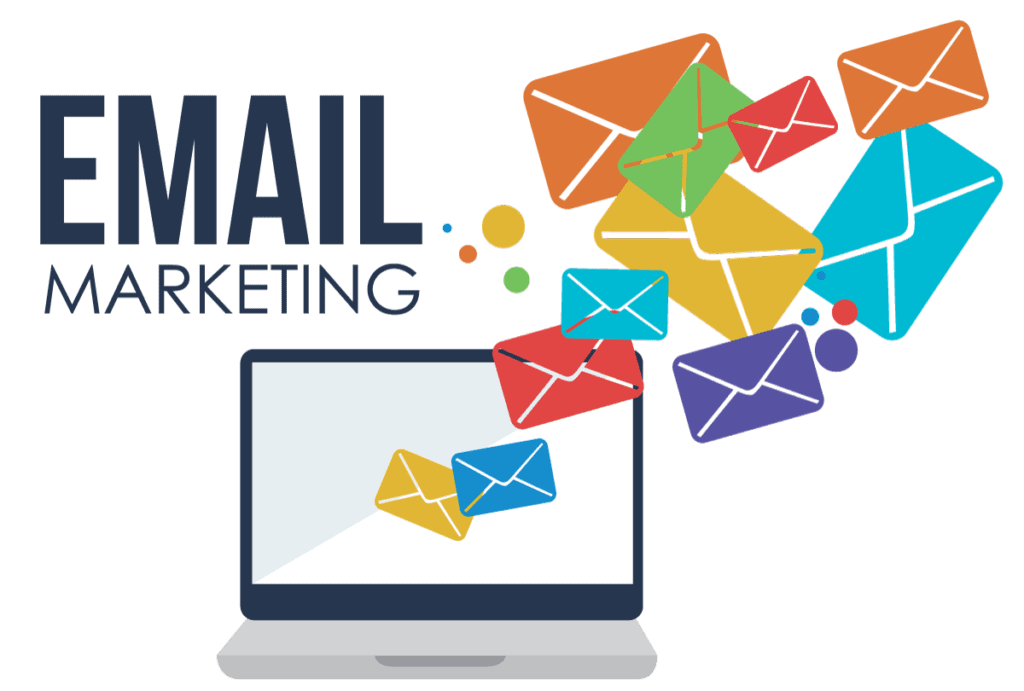AI and Automation in Digital Marketing: Streamlining Processes for Better Results
Introduction In today’s fast-paced digital world, staying ahead of the competition requires more than just traditional marketing strategies. Businesses need to adopt innovative technologies to improve efficiency, reach their audience, and generate better results. Enter AI and automation in digital marketing—two powerful tools that are transforming the way businesses operate. Artificial intelligence (AI) and marketing automation can now handle repetitive tasks, analyze vast amounts of data, and provide personalized experiences for customers—all at scale. For marketers, this means less time spent on manual work and more time to focus on strategy and creativity. This blog explores how AI and automation in digital marketing streamline processes and deliver better results, making your business more efficient and successful. 1. The Growing Role of AI and Automation in Digital Marketing AI and automation in digital marketing are no longer just industry buzzwords or distant trends—they have become essential tools that every marketer, from small business owners to large corporations, can benefit from. Over the last few years, we’ve seen significant advancements in AI technologies that have made these tools more accessible and effective for businesses of all sizes. So, why is AI gaining such importance in the digital marketing landscape? The answer is simple: modern marketing involves a lot of repetitive and time-consuming tasks. From managing customer data to scheduling content, marketers often find themselves juggling tasks that don’t require much creativity but are still necessary for running successful campaigns. AI and automation in digital marketing step in to handle these tasks, freeing up valuable time for marketers to focus on what truly matters—strategy, creativity, and improving the customer experience. Why Is AI Becoming So Important in Digital Marketing? In marketing, a significant chunk of the work involves tasks like collecting data, segmenting customer lists, sending emails, and scheduling social media posts. While these activities are essential, they can also be repetitive and time-consuming. This is where AI and automation in digital marketing come into play. By automating these tasks, businesses not only save time but also minimize the chances of human error, ensuring that processes run smoothly and efficiently. AI technologies analyze vast amounts of data much faster than any human could, providing businesses with valuable insights that can be used to optimize their marketing strategies. For instance, AI tools can analyze customer behavior, helping marketers make smarter decisions on what content to create, when to post it, and how to personalize offers to specific audiences. How Automation Helps Scale Marketing Efforts Whether you’re a small business owner running your first social media campaign or a large corporation managing complex, multi-channel strategies, AI and automation in digital marketing can help scale your efforts. Think about how much time it would take to manually post content to different social platforms, or to track and analyze user interactions across various campaigns. AI-driven tools take care of these tasks for you, allowing you to focus on refining your overall marketing strategy instead of getting bogged down in the details. By automating these repetitive processes, businesses can easily manage larger campaigns, reach wider audiences, and engage with customers across multiple channels without needing additional manpower. In short, AI doesn’t just make your work easier—it allows you to do more with less. Key Reasons for AI Adoption in Marketing AI and automation are more than just a means to save time. They bring several key benefits that are driving their widespread adoption in the marketing world: 2. Streamlining Marketing Processes with AI and Automation One of the greatest benefits of AI and automation in digital marketing is their ability to simplify and streamline complex marketing processes. Traditionally, marketers spent hours, if not days, manually performing tasks like content creation, managing social media accounts, or segmenting customer lists for email campaigns. These time-consuming tasks can now be efficiently handled by AI-powered tools, freeing up valuable time and resources for more creative and strategic work. By integrating AI and automation into your marketing workflow, you can eliminate repetitive tasks, reduce human error, and optimize your overall marketing strategy. Let’s dive into how these technologies are making marketing processes smoother and more effective. AI-Driven Content Creation Content creation is the cornerstone of any successful digital marketing strategy. However, creating fresh, engaging, and relevant content consistently can be a challenge for marketers. That’s where AI and automation in digital marketing come to the rescue. AI tools like Jasper, Copy.ai, and Writesonic are revolutionizing the way content is created. These tools can generate blog posts, product descriptions, email drafts, and even social media captions in a fraction of the time it would take a human. They analyze your brand’s tone, style, and target audience to produce drafts that are tailored to your needs. While AI-generated content still needs a human touch for polishing and creativity, it’s a massive time-saver. Instead of starting from scratch, marketers can use AI to create initial drafts, brainstorm ideas, or even develop content outlines. This way, AI acts as an assistant, helping marketers focus on refining and perfecting content rather than getting bogged down in the initial creation process. Example: Imagine you’re running a campaign for a new product launch. Instead of spending hours brainstorming blog ideas and drafting email announcements, you can use AI tools to generate a list of content topics, create drafts, and even personalize email templates based on customer behavior. This lets you focus on enhancing the messaging rather than starting from zero. Social Media Management Made Easy with Automation Managing multiple social media platforms can be one of the most time-consuming tasks for marketers. Posting updates, responding to comments, analyzing engagement, and tracking trends all require continuous attention. However, with AI and automation in digital marketing, these tasks can be streamlined with ease. Tools like Buffer, Hootsuite, and Sprout Social offer powerful automation features that allow you to schedule posts, manage multiple accounts, and even track engagement metrics from one central platform. Instead of manually posting content on different platforms every day, you can schedule weeks’ worth of posts in advance





